is one of the most important monastic sites in Ireland. The first evidence of a settlement
dates back to the fifth century, although the current buildings on the site date from the
12th and 13th century. It finally sunk into my head that I was standing in a building that was
constructed at least 300 years before Columbus discovered America. The Rock is thought to be
where the King of Munster was converted by St. Patrick in the 5th century. In the mid-17th
century, English troops massacred Irish Confederate troops and Catholic clergymen, as well as
many religious artifacts. Like many monastic sites, Cashel suffered heavily during times of war.
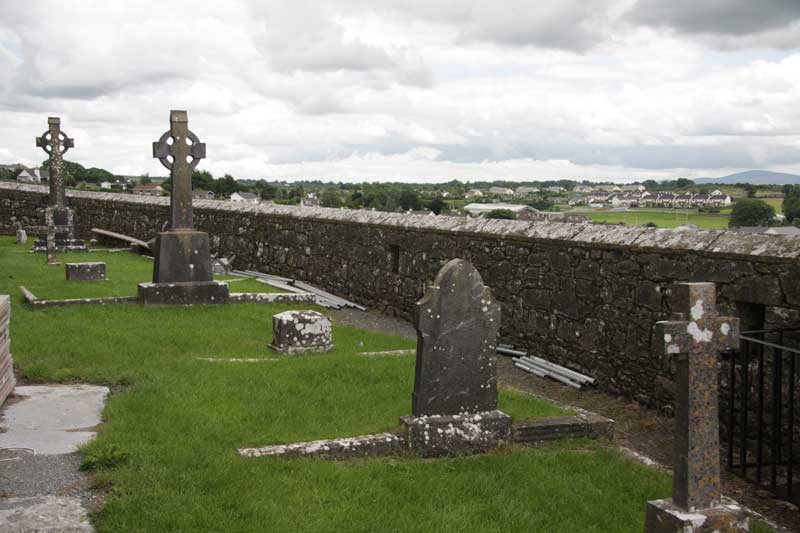
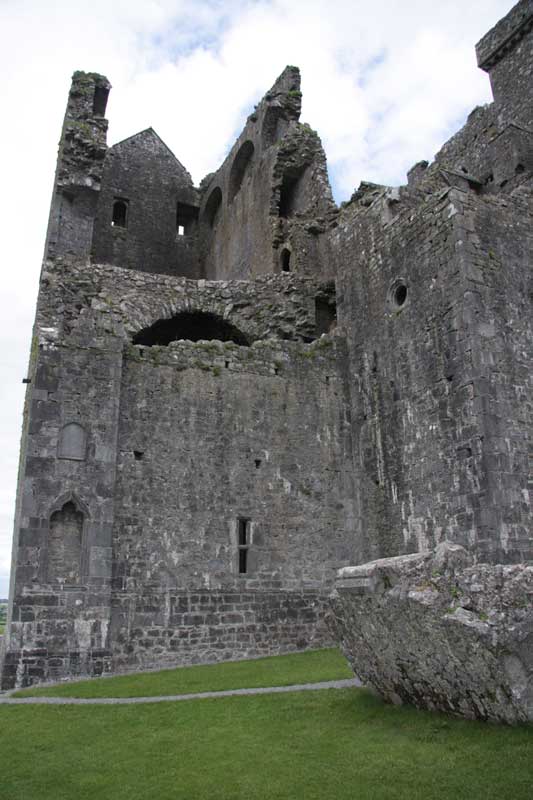
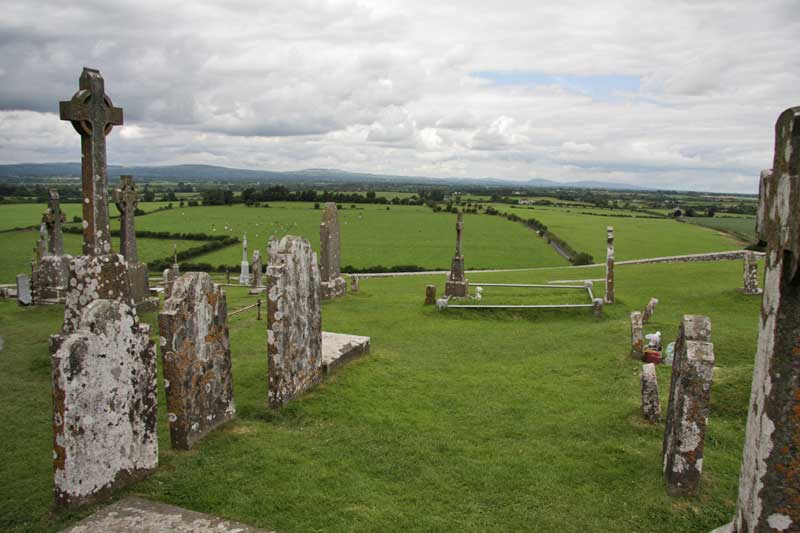
We have arrived in the medieval city of Kilkenny, in County Kilkenny. Our arrival coincides with
"happy hour" so we indulge, naturally (we're on vacation!). Our tour group had dinner together at
the hotel (Pembroke Hotel) and then the group divided up and several of us did a bit of pub crawling
that evening. We stopped at The Field pub where we were entertained by "Kiwi Paddy", who managed to
get several people in our group up and dancing, as well as doing a little singing. Don Ross and I
did our best to hide behind other patrons to avoid being singled out by Paddy. We were successful.
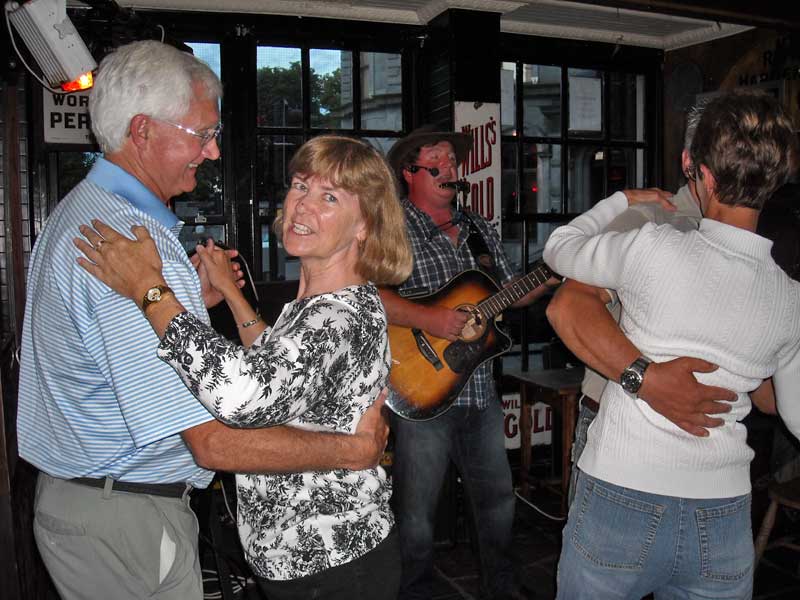
The next day we do a bit of exploring in Kilkenny.
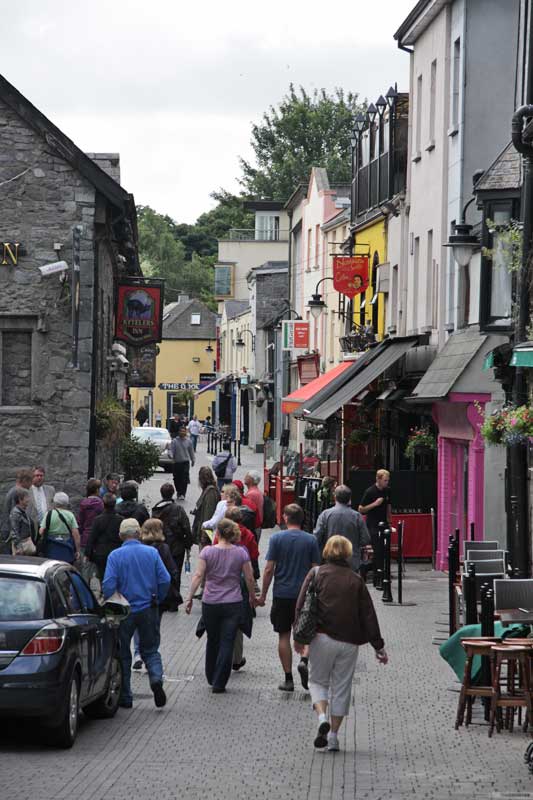
Yet another business with an interesting name ...
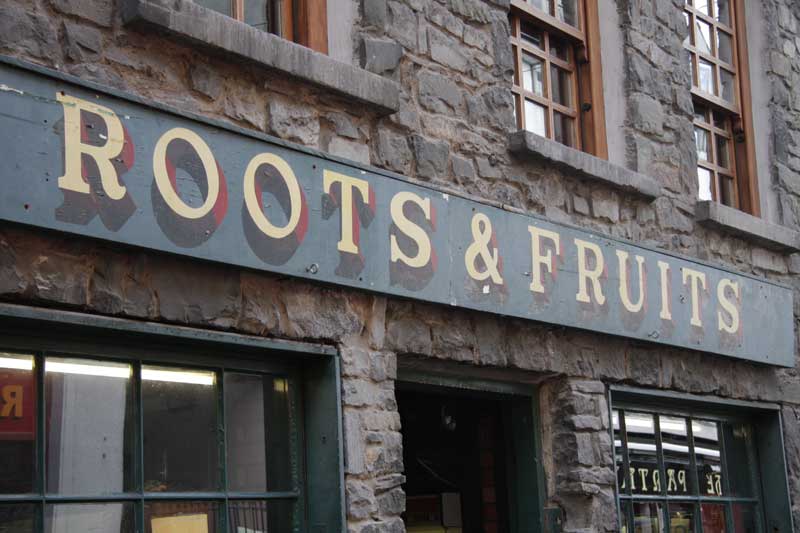
We were proud of our support of local businesses.
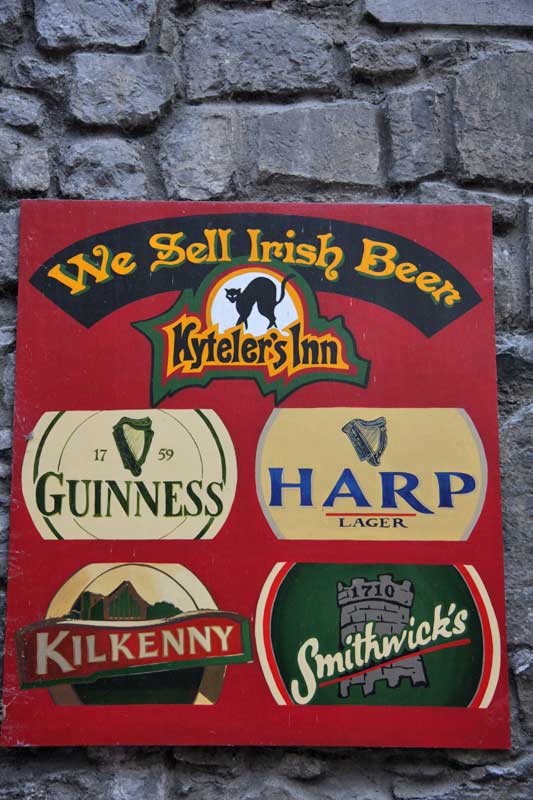
Smithwick's brewery has been around longer than the USA has been a country.
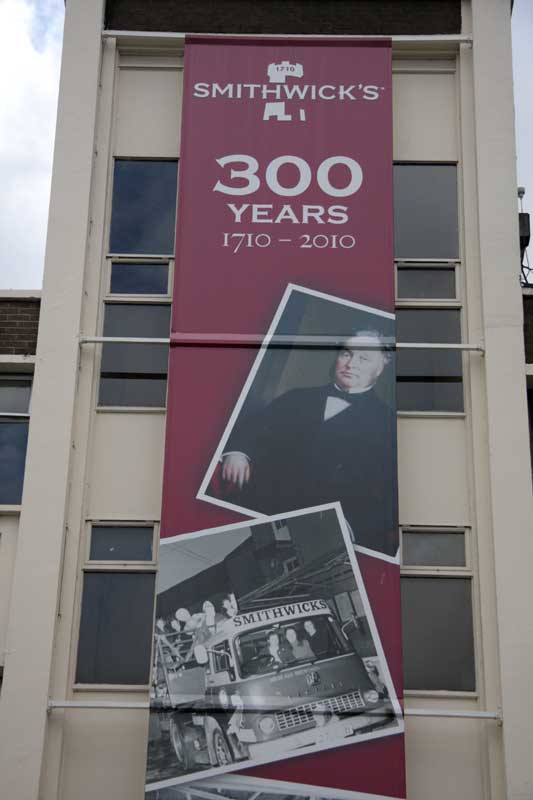
The Black Abbey is a priory founded in 1225 by a Dominican order and was named for
the black cloak worn by the friars over their white habits. Like many religious
communities, the Abbey and its members both suffered and flourished, depending upon
the religious and political environment throughout the centuries. The Abbey's members
were victims of the Black Death (bubonic plague) in the 14th century and were subject
to the rule of both Catholic and Protestant leaders in its nearly 800-year history.
The Black Abbey has had a stable existence under the Dominicans since 1864.
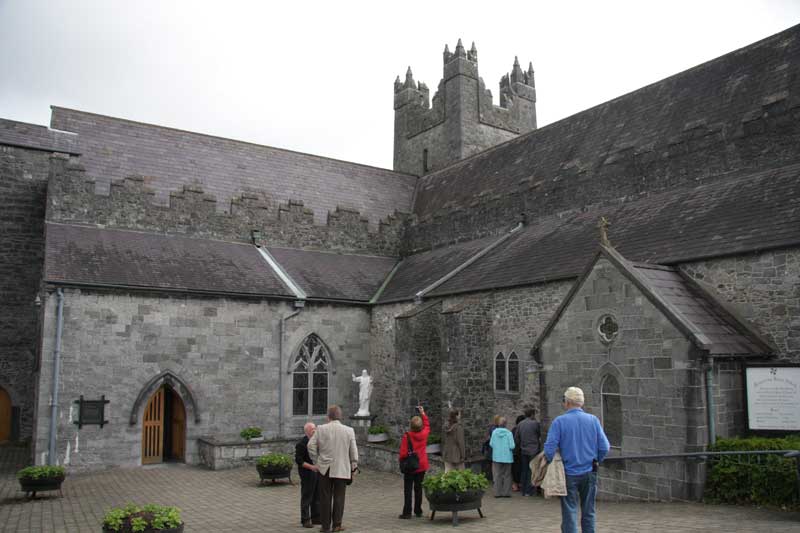
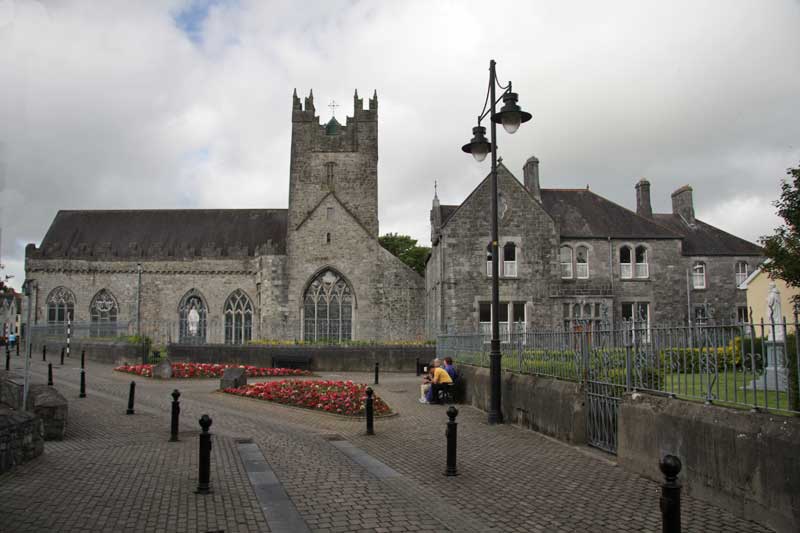
The Black Abbey contains the "Rosary Window", the largest stained glass
window in Ireland. It is a 14-century creation that was glazed in 1892.
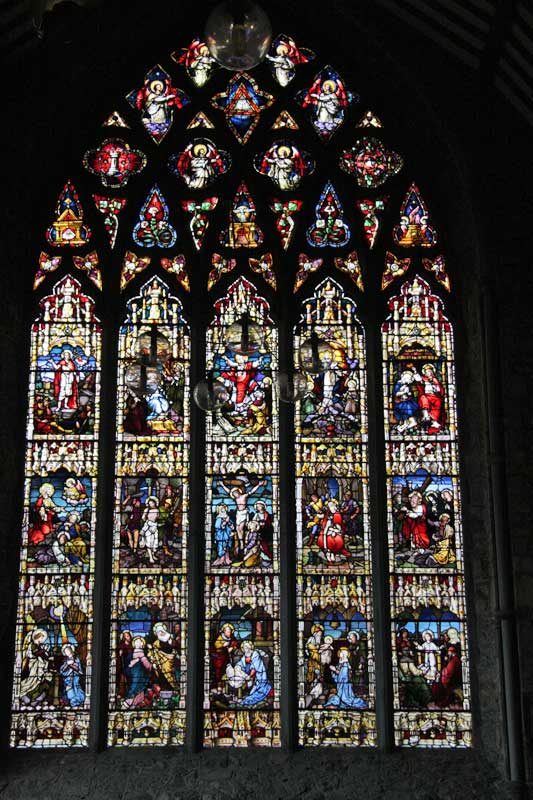
The Black Abbey also has several other magnificent stained glass windows.
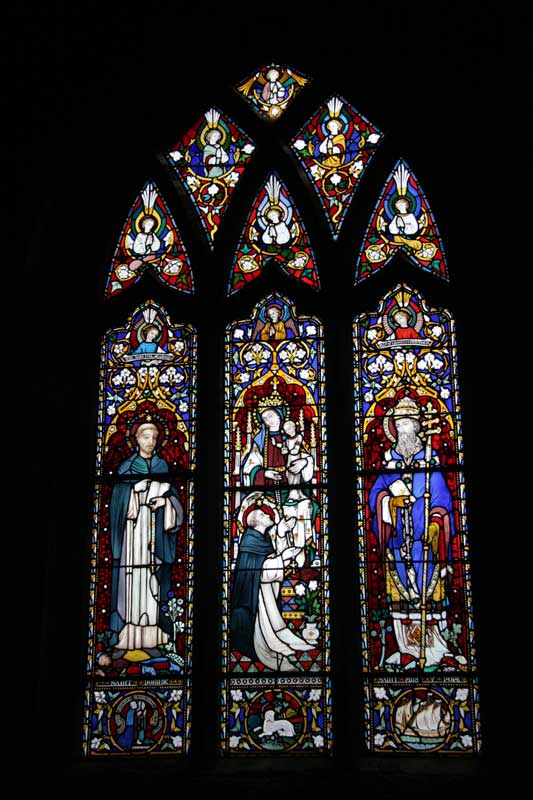
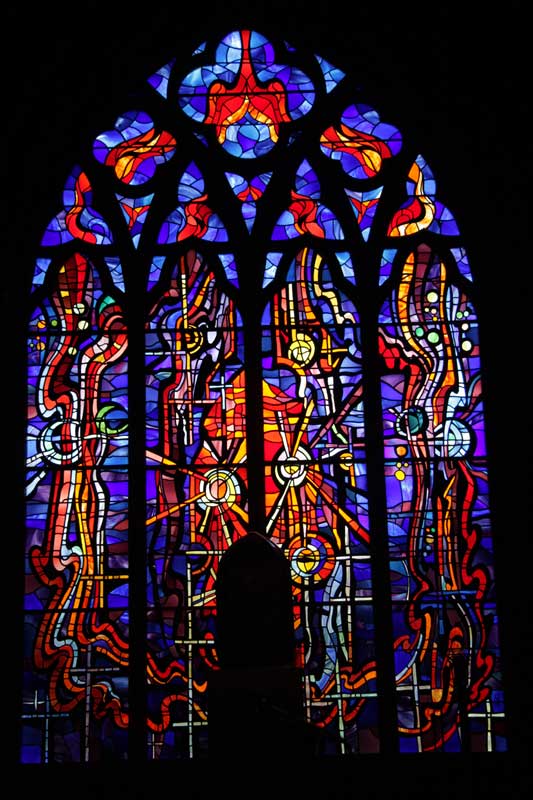
Our next stop is at Kilkenny Castle, built between the years 1195-1215. It was sold to the
Butler family in c. 1391 and it remained in the family for nearly 600 years, until 1967.
It is presently owned by the state and is maintained by the Office of Public Works. Over the
centuries, many upgrades of the castle occurred, followed by periods of decline and neglect,
followed again by further building and remodeling. No photography was allowed inside the castle.
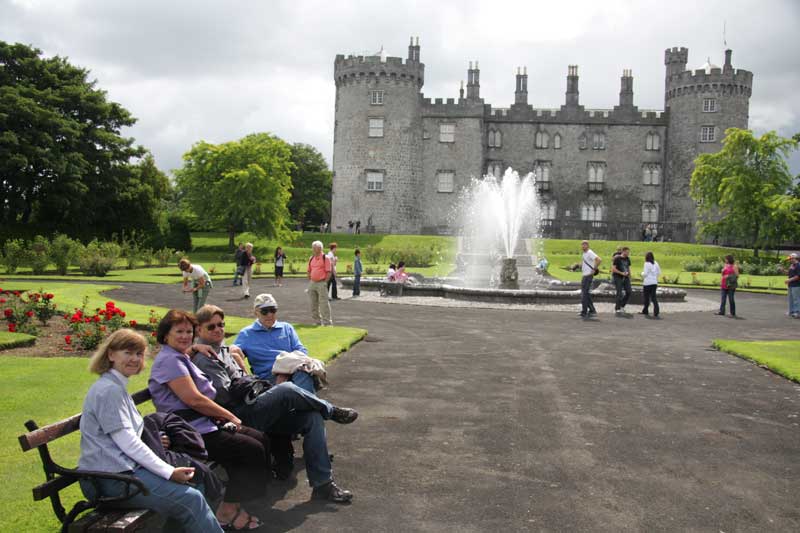
Although no pictures could be taken inside the castle, I sneaked this pic of the gardens through an open
window on an upper floor during our tour of the castle. Hope I don't have to do any time in the dungeon!
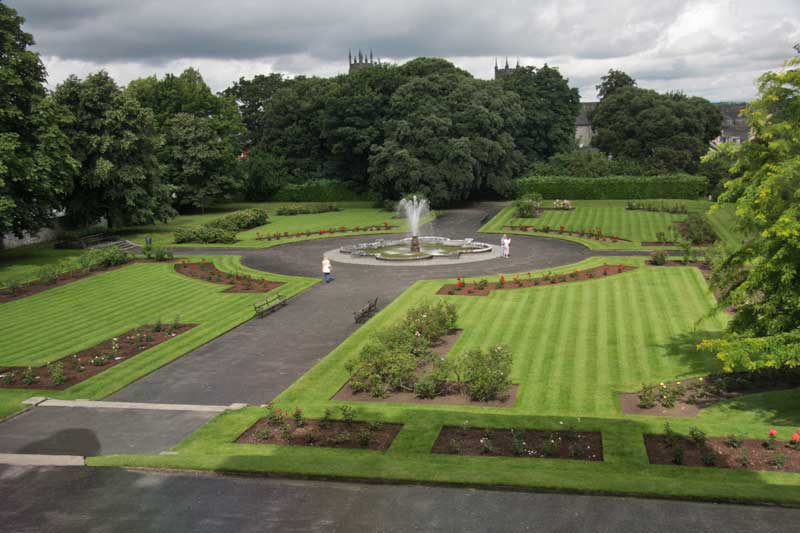
Don and I looked around for our wives so we could capture some potential Christmas card photos.
But, neither of them could be found - they were either in the gift shop or the dungeon, apparently.
So, Don ... we'll both have to send out our Christmas cards with this pic on them ... people will talk(!).
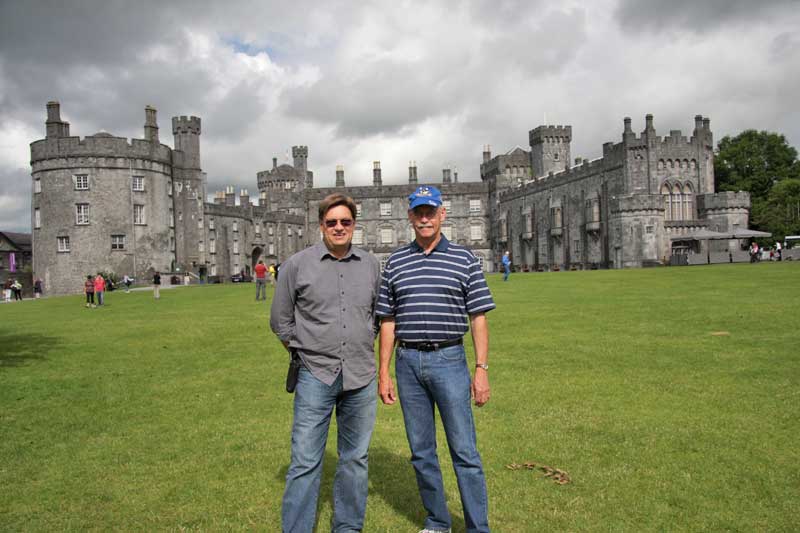
Please join us as we visit the Irish National Stud on our way back to Dublin.
Click to view our journey back to Dublin.

Return to top level